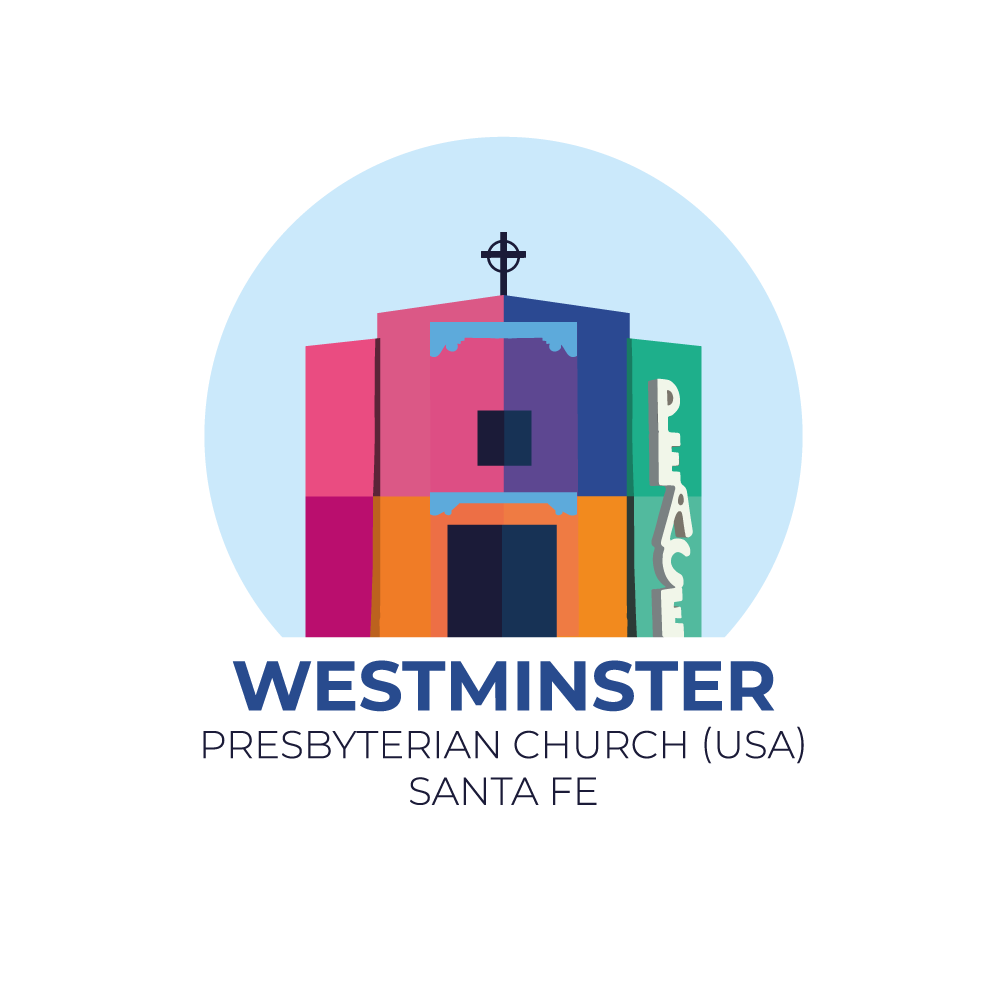Why change colors in the sanctuary? Just in case you were wondering. . .
Liturgical colors show us which season of the church year we are in and add to the understanding of those services. White and gold symbolize days and seasons of joy and mark pivotal events in the life of Christ. Red symbolizes the work of the Holy Spirit and the sacrifices of martyrs. Purple designates a season of penitence and preparation, such as Advent or Lent.
This was not always the case. For the first thousand years of the church’s history, little thought was given to liturgical color. White vestments were most common, with more elaborate colors used for important festivals. The 12th through 16th centuries brought localized experiments with liturgical color, but no standard practices prevailed until 1570, when the Roman Catholic Church established a normative sequence of colors to accompany the church calendar. Calvinists in the sixteenth century, however, preferred black vestments! Ah, how dull!!
The past two centuries have seen a resurgence in the use of liturgical colors, with a new appreciation for the aesthetic dimensions of worship.
Here is the typical schedule that WPC uses for our liturgical colors:
Advent season: purple (did you know the church calendar begins on Advent 1?)
Christmas Eve and the Christmas season (the 12 days of Christmas!) to Epiphany (Jan. 6): white and gold
Season of Epiphany (Jan. 7 through the Tuesday before Ash Wednesday): green, with the exception of Baptism of the Lord and Transfiguration of the Lord, both white
Ash Wednesday through the first five weeks of Lent, Palm Sunday through Maundy Thursday: purple
Maundy Thursday: purple (until the church is stripped bare)
Good Friday: no color; church remains stripped bare (sometimes black is used)
Easter Season (including Ascension of the Lord): white and gold
Day of Pentecost: red (Clergy may also wear red for ordinations and installations, though the sanctuary may remain in the color of that particular season).
Ordinary Time (Monday after Pentecost through Saturday before the First Sunday of Advent): green, with the exception of Trinity Sunday, All Saints’ Day (celebrated on the first Sunday in November), and Christ the King, all white
Adapted from the PC(USA) website.

